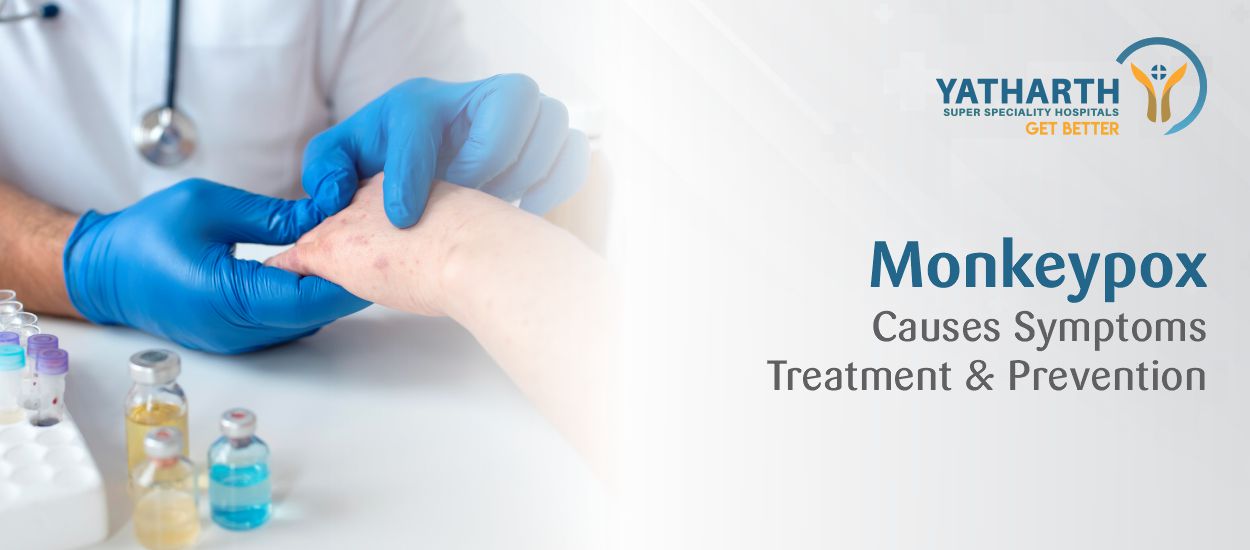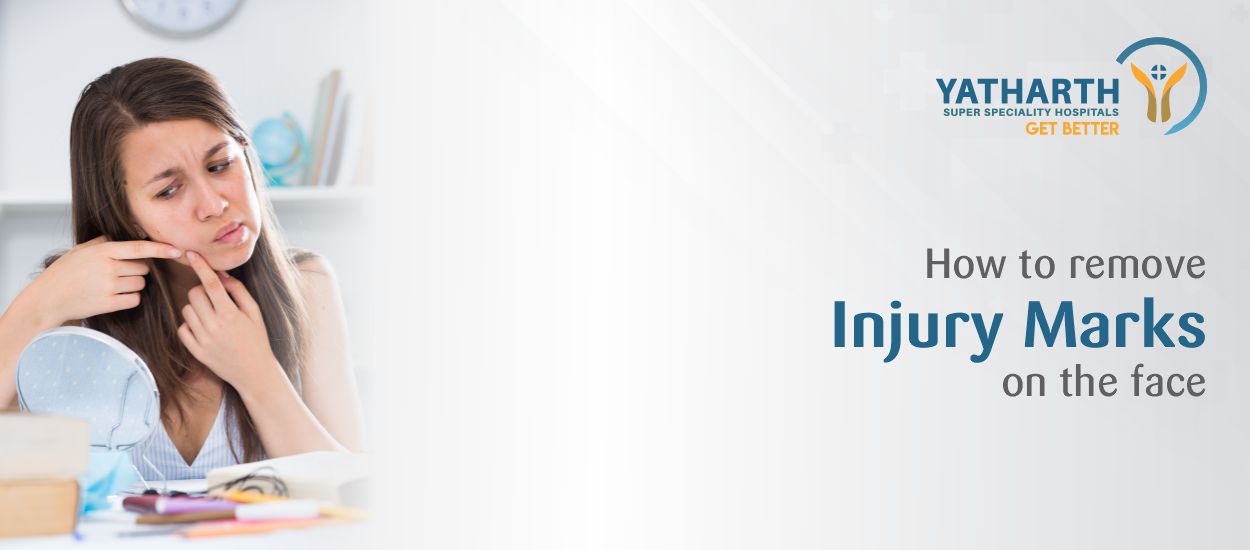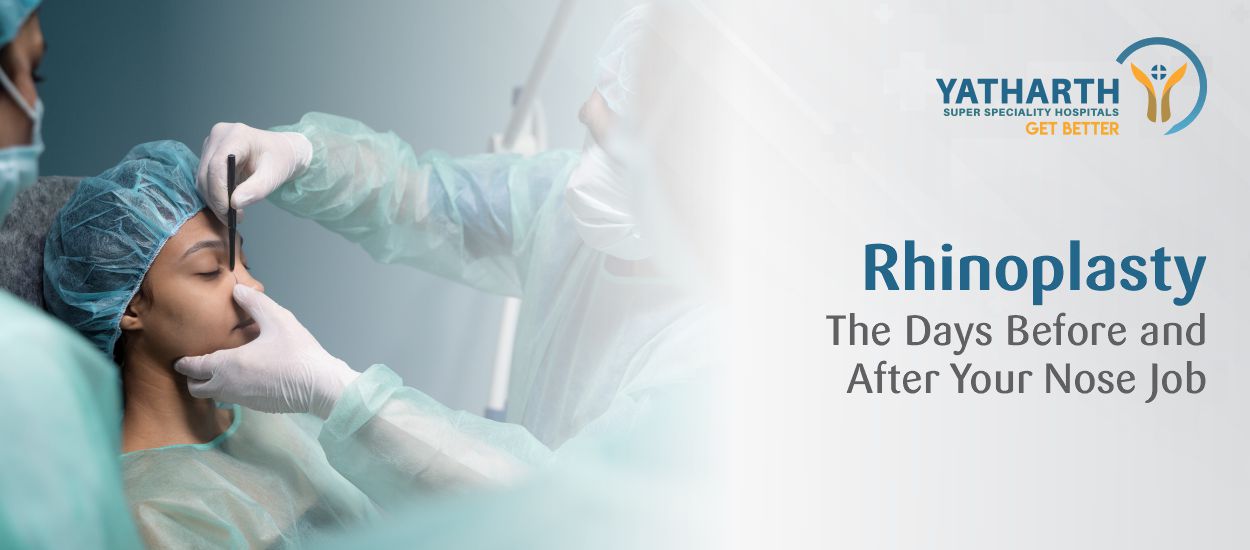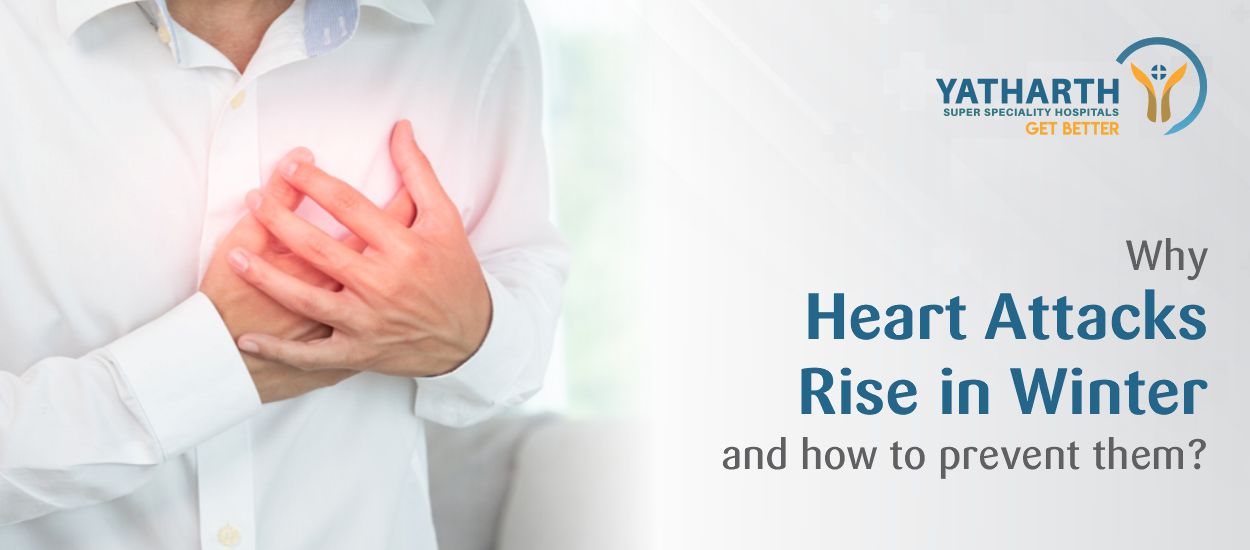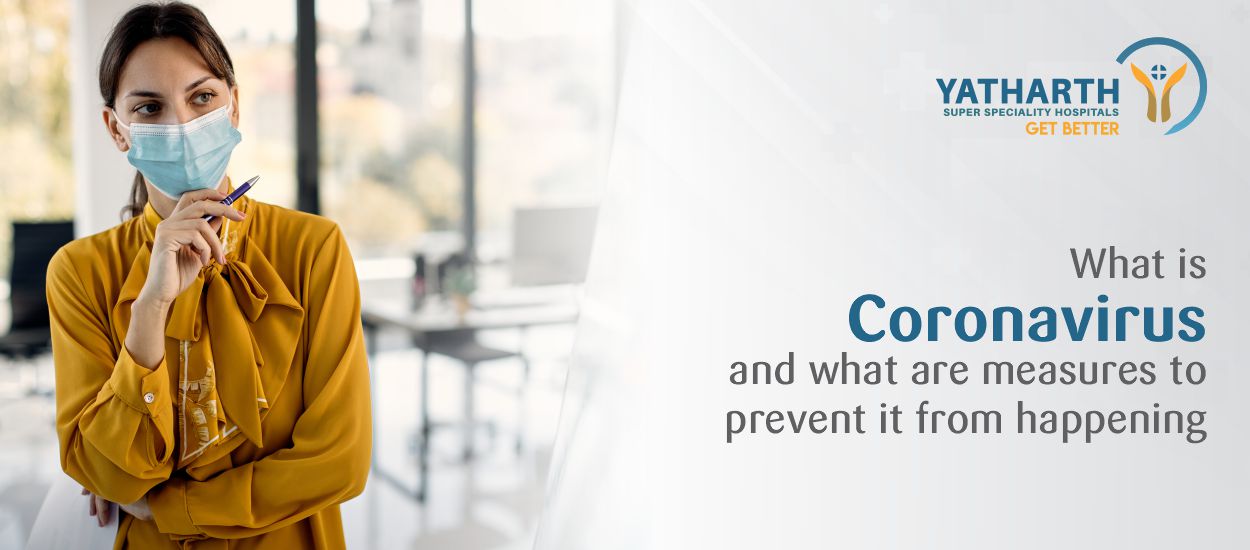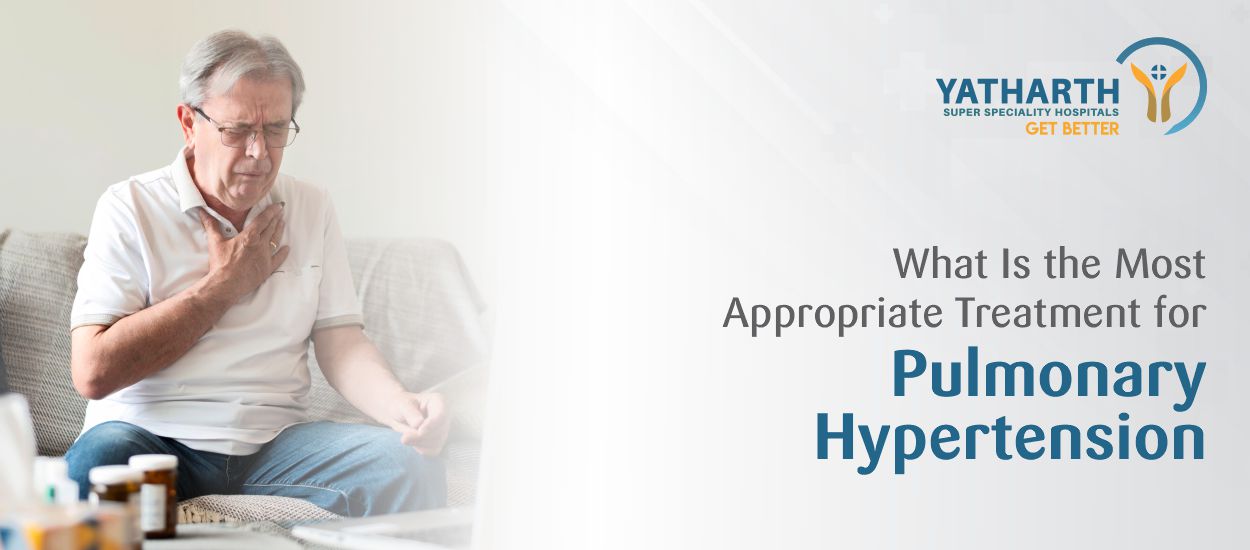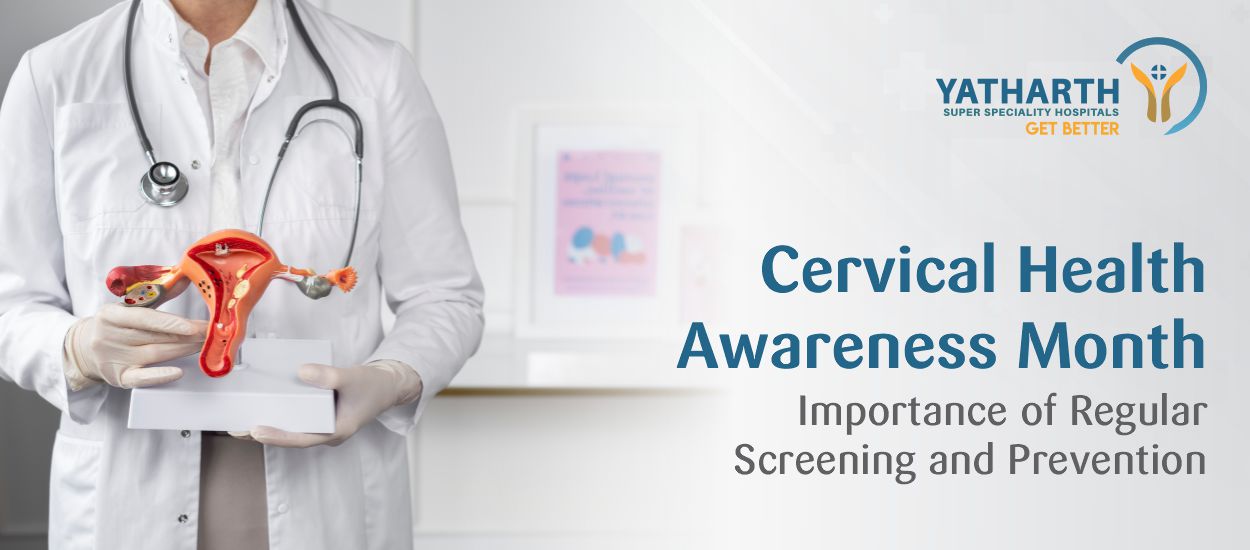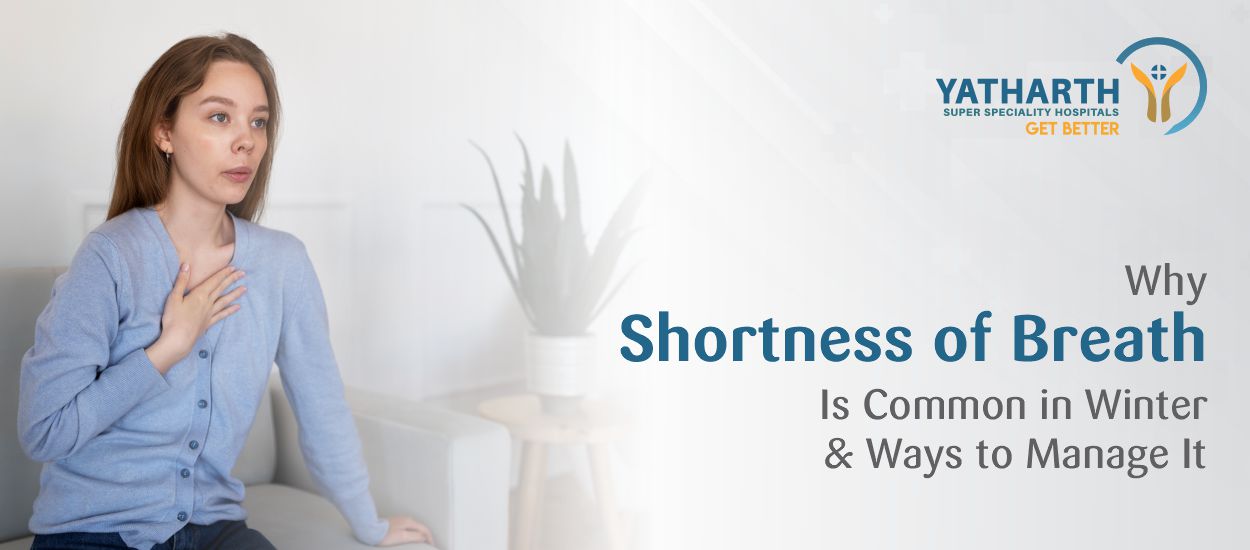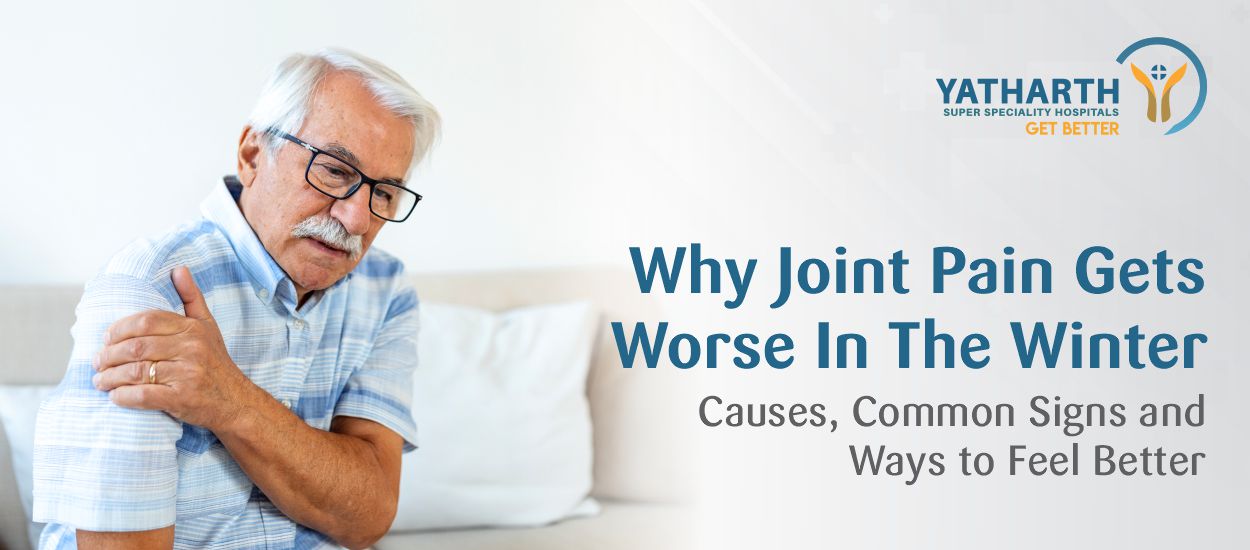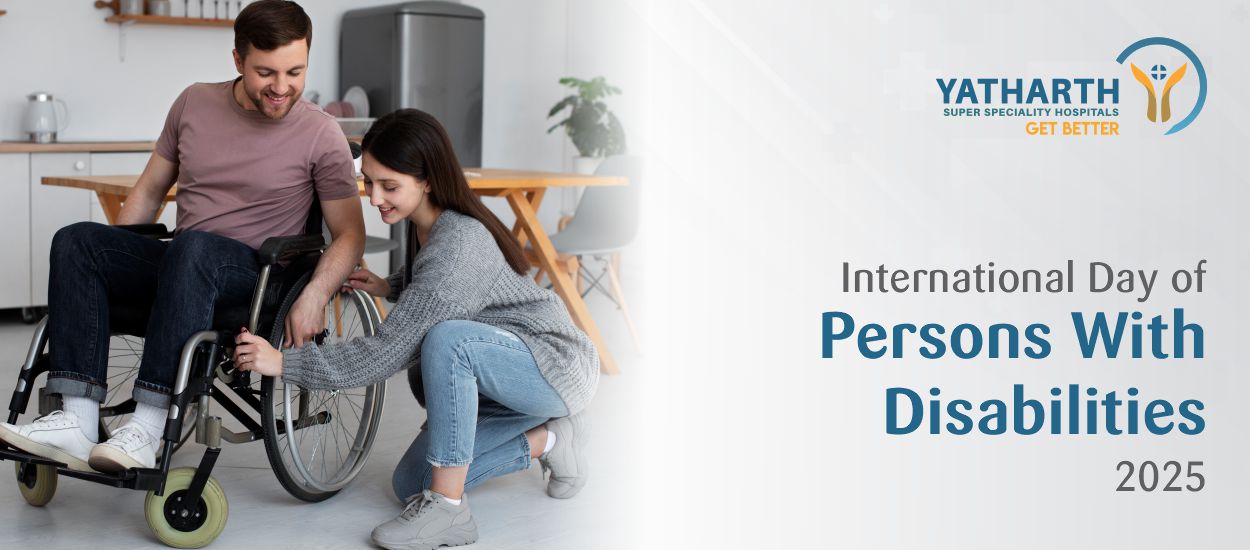The monkeypox virus causes an illness similar to smallpox. In 1958, a pox-like disease was detected in monkeys used in experiments, leading to Monkeypox. In 1970, the Democratic Republic of the Congo reported the first human case of Monkeypox. Central and West Africa have since become the primary epicentres of the disease's spread. Although adults are not immune, children are disproportionately affected.
Fever, rashes, body aches, and headaches are milder symptoms. However, WHO warns that there may be difficulties. The fatality rate can reach 10% in the Congo strain, but in the West African strain, it only reaches 1%.
Cause
A double-stranded enveloped virus of the genus Orthopoxvirus is responsible for the extremely rare disease known as Monkeypox. The disease is called "Monkeypox" because of the prevalence with which it has been found in experiments using monkeys.
How long does it take to show symptoms of Monkeypox?
Milder versions of the classic symptoms of a smallpox infection are manifested. The incubation time for Monkeypox often ranges from 5-21 days, depending on the temperature and humidity conditions, but is typically between 7-14 days.
Symptoms
1. Fever
2. Skin Rash
3. Exhaustion
4. Headache
5. Fainting/Sweating
6. Roughness in the throat
7. Cough
8.. Backache
9. Lymphadenopathy is a major symptom that includes swollen nodules anywhere on the body, including the subcutaneous tissue beneath the arm, the scalp, the neck, the groin, or the thighs. It can occur on both sides or one side of the body.

Treatment
There is no treatment specifically for monkeypox. Treatment for the Symptoms may be recommended by your doctor.
The following are the cornerstones of monkeypox treatment.
1. Patient Isolation
a. The patient should rest in a quiet area until the sores and scabs have completely fallen off.
b. Patient should use a triple-layer mask to protect the patient.
c. Patients should be counselled on preventing the spread of skin lesions by encouraging them to dress in long pants and sleeves.
2. Treatment for Skin Ulcers
The location of skin lesions plays a significant role in how they are treated.
a. Allergic reaction of the skin
If the lesions are particularly bad, your doctor may clean them with antiseptic and treat them lightly. You must refrain from scratching or touching the lesions. The doctor may prescribe medicines if they think you have an infection.
b. Mouth sores
To speed up the healing process, your doctor may recommend warm saline gargles and topical anti-inflammatory drugs to alleviate the pain and inflammation.
c. Conjunctivitis
In most cases, Conjunctivitis (eye redness) clears up on its own; however, if you experience vision problems or your symptoms persist for more than a few days, you should see a doctor.
3. Hydration & Nutritional food support
If you're sick and can't eat because of symptoms like fever, headache, or nausea, you may become dehydrated. Increasing your fluid intake and taking Oral Rehydration Solution (ORS) may be recommended by your doctor. Besides, fuelling your body with nutritional foods is important to get better quickly.
4. Symptomatic Treatment
a. A lukewarm sponge wash and paracetamol can help in fever.
b. Your doctor may prescribe antihistamines or a topical lotion to calm the itch and reduce the redness.
c. If you are experiencing nausea and vomiting, your doctor may prescribe antiemetic medication.
d. Paracetamol relieves the discomfort of a headache or other body ache.
If you experience any of the following signs, you must see a doctor right away:
1. Vision impairment
2. Difficulty with breathing
3. Pain in the Chest
4. Decreased excretion of urine
5. Poor eating habits
6. Disrupted state of mind
7. Seizures
8. Lethargy
Prevention
The virus may spread from an infected individual, animal, or material. If you follow the advice below, you can stop the epidemic in its tracks.
1. To be safe, stay away from fluids from a wound or the nose.
2. Avoid contact with people who may be affected with virus.
3. In locations where Monkeypox is prevalent, it's best to stay away from any animals, alive or dead.
4. It is critical to quarantine the diseased individual.
5. Regular hand washing with soap and water is recommended.
6. Meat from animals should be well cooked.
7. Caring for a Monkeypox patient requires using a full set of PPE (Personal Protective Equipment).
We hope this article has given you an in-depth understanding of Monkeypox as a disease. Remember, prevention is better than cure and hence taking utmost precautions as and when necessary, becomes the need of the hour.
